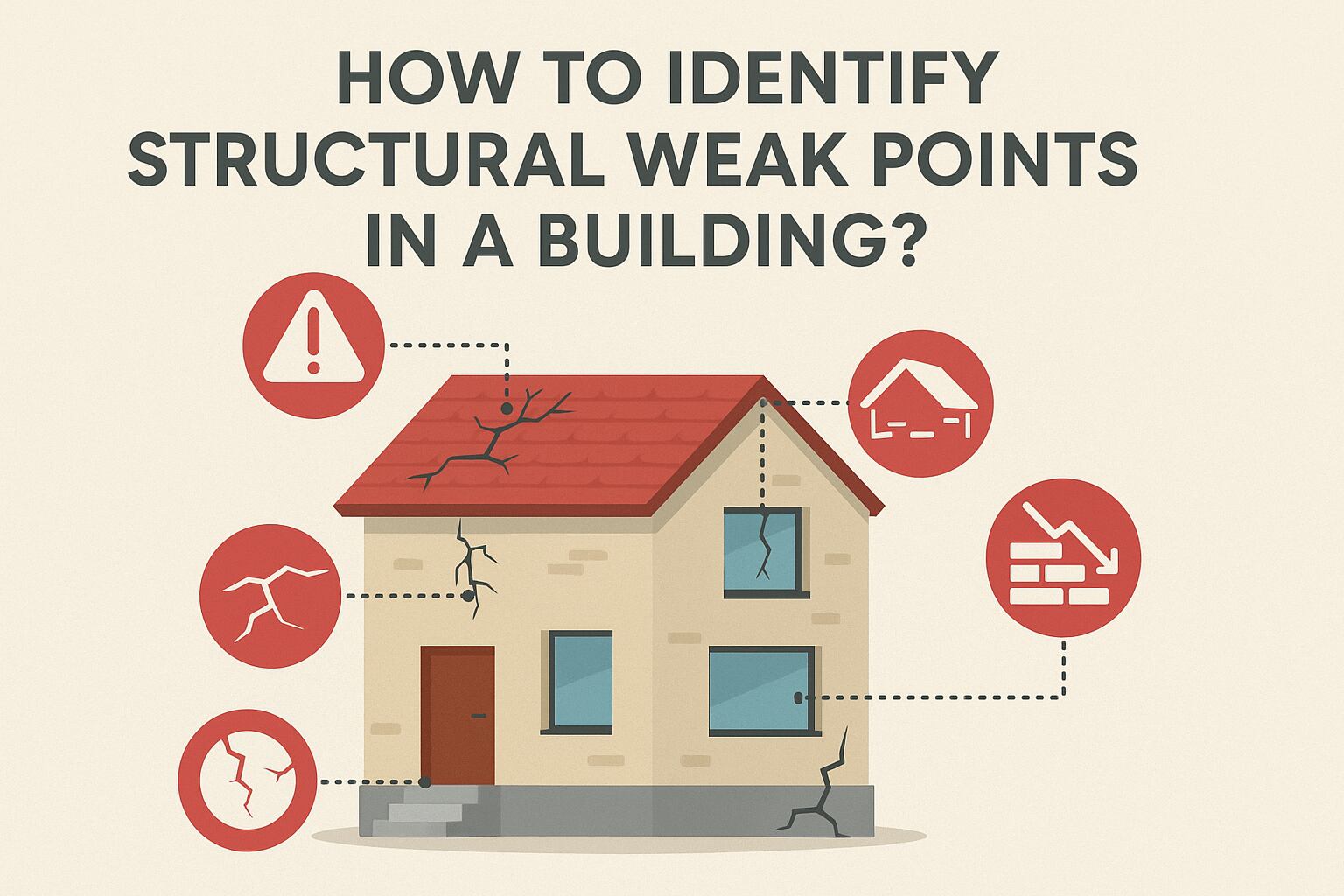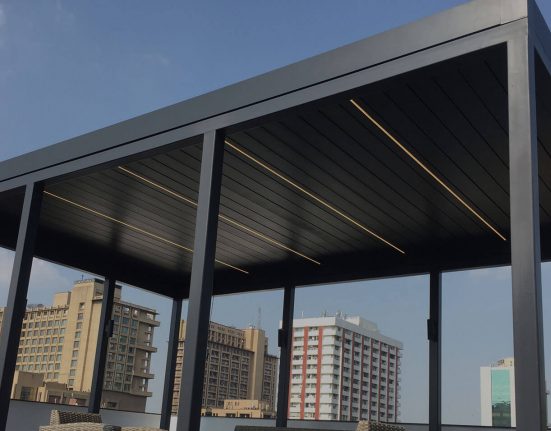Structural weak points must be found before damage becomes serious. Early detection can help prevent accidents and property loss. Regular checks should be done to spot hidden problems early.
Many signs are often ignored until it is too late. Weak points can lead to cracks, leaning walls, or collapse.
This informative article by one of the best structural engineers in Ghaziabad explains how such weak points can be identified easily.
Cracks in Walls and Ceilings Should Be Inspected
Small cracks are often ignored by many people. Warning signs may be shown by deep or wide cracks. Serious problems might be caused by ignored cracks over time. Structural stress may be revealed through these visible cracks. Ceilings must also be inspected for unusual lines. Plaster may be weakened by hidden water leaks above. Load shifts can be shown by sudden new cracks.
Uneven Floors Must Be Checked by a Professional
Foundation problems may be signaled by a sloping floor. Floor shifts can be caused by soil movement below. Hidden damage may be shown through sudden floor tilting. Furniture may be affected by the slope or tilt. Cracks in tiles should also be looked for. Changes in floor levels must be measured carefully. Professional help should be taken without any delay.
Doors and Windows That Stick Should Be Noted
Window frames have to be inspected in the event of stiff movement. The building is probably moving if such a problem is present. Wall pressure can be elevated when the frames get stuck. Corners also have to be inspected very carefully for any openings. Foundation problems might be revealed through these changes. Wood swelling can be caused by hidden moisture inside.
Water Damage Signs Must Not Be Ignored
Paint bubbles may be caused by hidden water leaks. Mold spots must be treated as a serious warning. Wood can be weakened by long-term water exposure. Structural parts may be damaged without any early signs. Musty smells should be noted during building inspections. Water entry points must be found and sealed quickly. Repairs should be done before damage becomes too severe. Future risks can be avoided through quick action.
Rusted Steel Supports Should Be Replaced Quickly
Strength of the support may be reduced by rust. Flakes and reddish stains should be taken seriously. Rust can spread if left untreated for a long time. Metal beams may become weak and unsafe over time. Cracks in nearby areas can also be caused. Moisture sources must be found and fixed quickly. Replacements should be done by trained workers only. Building safety can be improved by replacing rusted supports.
Bulging or Leaning Walls Must Be Examined
Leaning sections should be viewed as a serious warning. Structural pressure may be caused by shifting ground below. Weak materials might be found behind bulging wall parts. Cracks near these areas should also be recorded. Wall movement can be caused by moisture or weight. Repairs must be suggested after a full inspection report. Support beams may need to be added for safety. Immediate action should be taken to avoid collapse.
Noises Like Creaking or Cracking Should Be Investigated
Sounds like creaking may be caused by shifting parts. Cracking noises must be treated as an early sign. Pressure on beams can be shown through such sounds. Wooden floors may creak due to joint loosening below. Walls or ceilings might produce noise when stressed. These signs must be recorded and reported to experts. A full inspection should be arranged without any delay. Serious damage can be prevented by early action.
Foundation Cracks Must Be Taken Seriously
Deep or wide cracks should be marked and measured carefully. Serious structural problems may be revealed by such cracks. Building weight might be unevenly spread due to weak foundation. Water may enter through these cracks during heavy rain. Floors above can be affected by shifting below. Expert advice should be taken without any delay. Repairs must be done using proper materials and methods. Long-term safety can be improved by fixing early.
Roof Sagging Should Be Treated as a Red Flag
Weakened beams or supports may cause the roof to droop. Damage may be caused by excess weight on the roof. Water pooling on the roof should also be checked. Leaks can weaken the structure over time. Water trapped in roof materials can lead to a more rapid deterioration. Experts must examine immediately. Necessary repairs must be made where appropriate to prevent more damage. Strength of the roof can be retained through early fixation of sagging areas.
Old Construction Materials Should Be Assessed Often
Deteriorated wood, steel, or concrete can no longer be trusted. Wear and corrosion can render these materials dangerous. The best architects in Ghaziabad should inspect to look for concealed damage. Cracks or stains may appear due to aging materials. Regular maintenance should be performed to prevent further deterioration. Unsafe materials must be replaced as soon as possible. Early assessments can save time and money in the long run. Safety risks can be avoided through careful monitoring.






